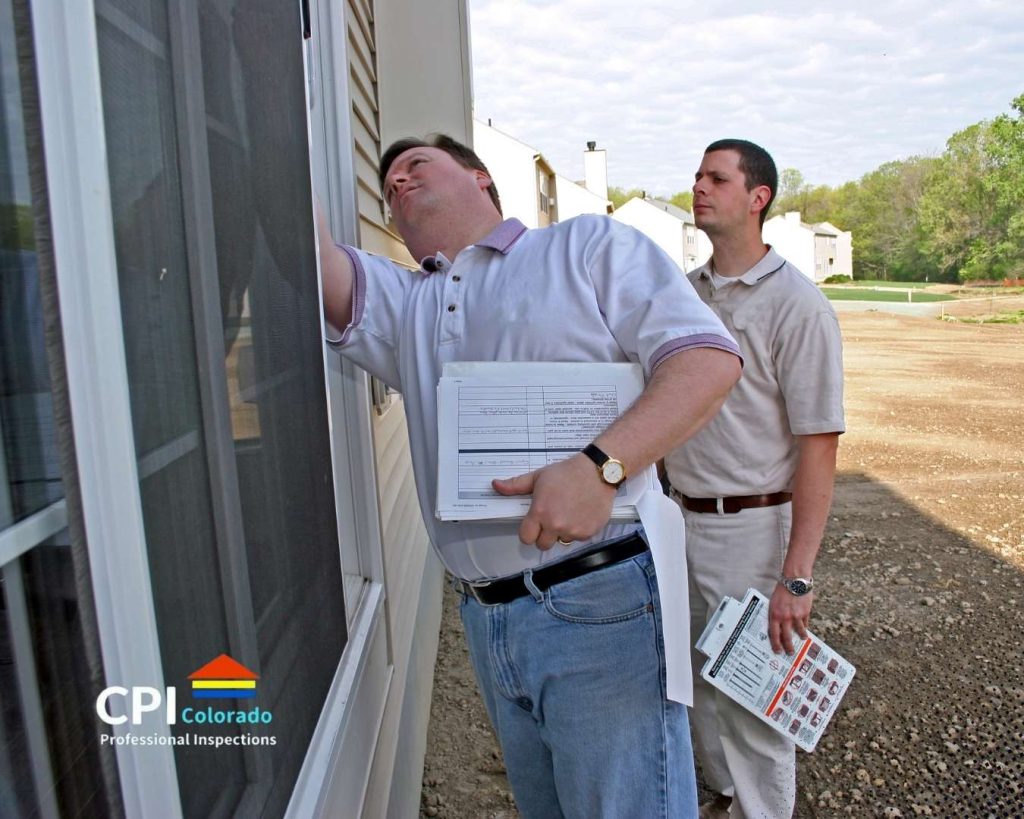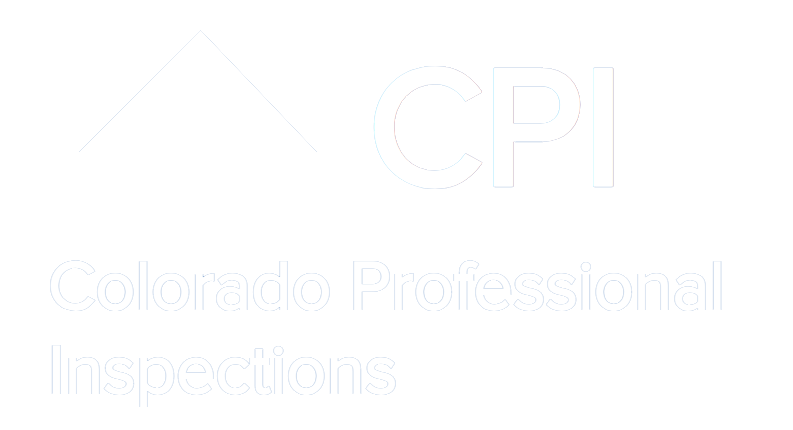Buying a home is one of the biggest investments most people make. That’s why a home inspection is such a crucial step in the process—it helps uncover issues that aren’t always visible at first glance. But when it comes to red flags, one stands out above the rest.
The biggest red flag in a home inspection is foundation problems
Why? Because issues with the foundation can be incredibly costly, difficult to fix, and often affect the entire structure of the home. When a home inspector spots signs of foundation damage, it raises concerns that go beyond just cracks in the wall or uneven floors. It can mean long-term structural instability and ongoing maintenance headaches for the homeowner.
What are the warning signs of foundation issues?
Here are a few common red flags inspectors look for:
Large cracks in the foundation, exterior brick, or interior walls
Doors and windows that stick or don’t close properly
Uneven or sloping floors that feel off balance
Water intrusion or poor drainage near the foundation
Visible gaps, shifting, or separation in walls, ceilings, or molding
These signs don’t always mean the foundation is failing, but they can be indicators of structural movement or moisture problems. A thorough inspector won’t just point these out—they’ll explain what they could mean and recommend the next steps, including when to consult a structural engineer.

Why is this such a major concern?
Foundation repairs can be extremely expensive. In some cases, it could cost tens of thousands of dollars to fix. And if the foundation is failing, it can lead to problems in the plumbing, framing, roofing, and even electrical systems. That’s why foundation trouble isn’t just a red flag—it’s a flashing neon sign.
Early detection is key to avoiding long-term damage and unexpected repair bills. A qualified inspector can spot the signs before they turn into major financial headaches.

Does that mean you should walk away from the deal?
Not always. Every home has issues, especially older ones. The key is understanding the scope of the problem and what it will take to fix it. Sometimes a foundation issue is minor and easily repairable. Other times, it’s a sign of deeper structural damage. That’s where a professional evaluation and cost estimate become essential.
Other red flags to watch for
While foundation issues are among the most serious concerns, there are several other red flags that can signal trouble during a home inspection. These issues may not threaten structural integrity the same way, but they can still lead to significant repair costs and safety concerns.
Here are a few additional warning signs to keep in mind:
Mold or water damage, especially in basements, attics, or around windows
Aging or damaged roofing that may need repair or replacement
Outdated or unsafe electrical systems that pose a fire or shock hazard
Plumbing issues, such as leaks, corrosion, or poor water pressure
Evidence of pest or termite damage, particularly in wood structures
While each of these problems can be serious, foundation concerns are often the most severe and expensive to address. A thorough home inspection should uncover all of these potential issues, giving you a clearer picture of the property’s condition—and helping you make an informed decision.
Final thoughts
The goal of a home inspection isn’t to scare you away from a purchase—it’s to give you the full picture so you can make an informed decision. If foundation problems are found, don’t panic. Get the facts, gather estimates, and talk to your real estate agent about how to move forward. Sometimes the issue can be negotiated into the sale price or repaired by the seller before closing.
When in doubt, ask your inspector questions. A quality home inspector will be happy to explain what they found, what it means, and what your next steps should be.
